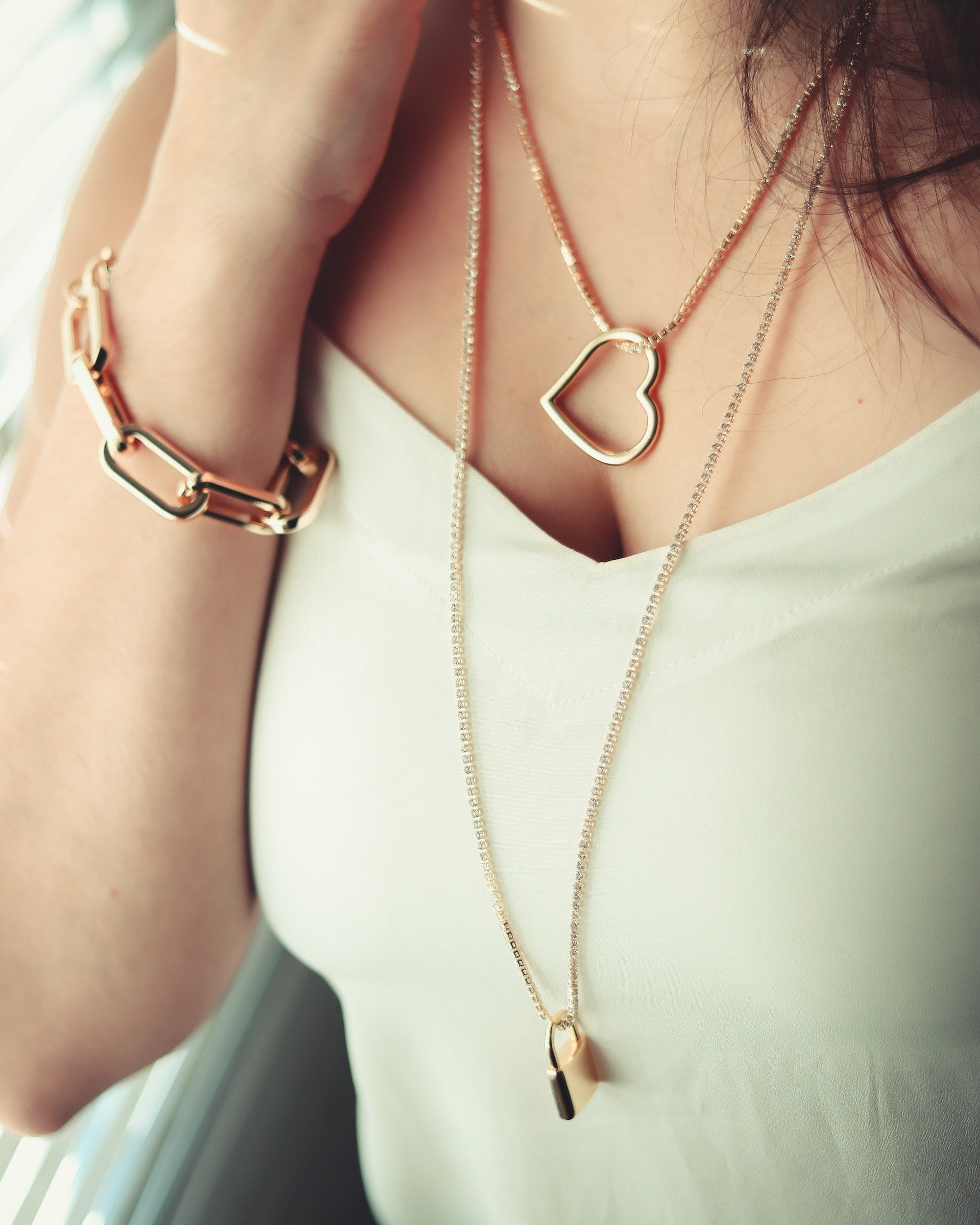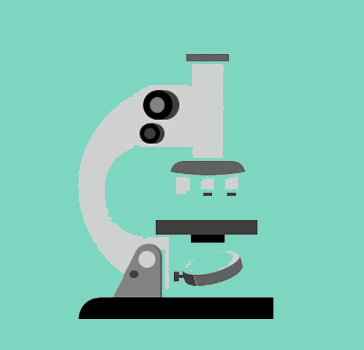WHAT IS A JEWELLERY CLASP?
A jewellery clasp, in basic terms, is a fastener that can either open or close a necklace, chain or bracelet. Although there are very many different types of clasps, not all of them are appropriate or secure enough for precious metal jewellery.
WHAT ARE THE 4 PRIMARY PRECIOUS METALS USED FOR JEWELLERY?
The four primary precious metals used in jewellery are: silver, gold, platinum and palladium.
I will focus this blog on clasps for gold jewellery. There are very many different types of jewellery clasps that can be used as a fastener for necklaces, chains and bracelets. However, not all clasps are considered equal and not all clasps are interchangeable. The type of clasp that is used is determined by many factors. Firstly, is the item light or heavy? How heavy is the jewellery and will the clasp be able to tolerate it without compromising the mechanism? Secondly, is the clasp going on a necklace, chain or bracelet? A clasp that we put on one item may not be appropriate for another. Thirdly, we look at the type of metal that the body of the item is made of and match the metal type for the clasp (10K, 14K, 18K, etc.).
WHAT ARE THE MOST COMMON CLASPS FOUND ON GOLD JEWELLERY?
All clasps are made to work as long as there is no abnormal pressure, trauma or pull on them. What I mean by this is if you get your necklace, chain or bracelet caught on something or someone tugs on your jewellery with force and you try to pull away then of course the mechanism will weaken and either break off immediately or with time.
Here are some recommendations to consider when wearing a necklace/chain or bracelet:
1) Prior to leaving for work/play
Consider whether there is any chance of your jewellery getting caught on something/someone. If you feel there might be, please take the time to remove your jewellery and store it in a safe place. This is especially true for people working with machinery, playing sports, working out, doing fitness, taking dance classes, etc. To some this may seem silly but believe me - it's well worth the effort to remove your jewellery and keep it safe at home.
2) Arriving at work/play but you forgot to remove your jewellery
If you have arrived at your activity but you forgot to leave your jewellery at home, don't worry we have a few suggestions for you. For those wearing a necklace/chain, you can tuck your necklace or chain under your shirt, t/shirt, jersey, blouse etc. If you have a wallet with you, put it in your wallet and if it is applicable leave it in your car. If you have a pocket with a zipper, put it in the pocket and zip it up. Just don't forget to remove the jewellery before you wash it. If there is someone at your activity that you can leave your jewellery with, then do so as long as you have trust in the person. This is especially true for athletes. This way, there is no chance of it getting tugged on by accident and falling off in a playing field.
3) Jewellery has been caught on something or pulled by someone
All clasps will do their job but if unnecessary tugging/pulling/resistence takes place, the internal mechanisms of these findings can get compromised. Although the inside of clasps are not visible to you, it may have been weakened and you don't want to risk your jewellery falling off. Your clasp may not be weakened at all depending on the impact of tug/pull etc. However, if it is weakened and the mechanism breaks, your clasp will open and your jewellery will fall off. In this case, you may get lucky and notice when it falls off but then you may not. So, if your clasp is broken, please don't try to fix it yourself. Contact us and we can replace your clasp.
Should I have my clasp repaired or replaced?
The answer depends on what is broken. If the jump ring attached to the actual clasp is broken, then it can be repaired. However, if the spring in the clasp's mechanism is broken, we strongly recommend replacing the entire clasp instead of having it repaired. As mentioned above, the repair on these mechanisms is usually short lived so you don't want to risk losing your jewellery.
Gold'n Glitter is happy to provide our clients with clasp replacement services.
Clasp replacement costs will vary depending on the type of metal/colour/karat that your jewellery item is.
Contact us and we will be happy to provide you with an estimate for your clasp repair or replacement.



 A spring ring clasp is the most basic of clasps and is generally found on more delicate and lighter necklaces, chains and bracelets. It consists of a gold ring that contains a spring mechanism and small lever. When you pull back the lever, the spring will compress thus providing an opening for a gold jump ring to pass through. Once you release the lever, the gold ring will be completely closed and the necklace, chain or bracelet will be safe to wear. There are different versions of a spring ring clasp some of which are used for much thicker and heavier jewellery.
A spring ring clasp is the most basic of clasps and is generally found on more delicate and lighter necklaces, chains and bracelets. It consists of a gold ring that contains a spring mechanism and small lever. When you pull back the lever, the spring will compress thus providing an opening for a gold jump ring to pass through. Once you release the lever, the gold ring will be completely closed and the necklace, chain or bracelet will be safe to wear. There are different versions of a spring ring clasp some of which are used for much thicker and heavier jewellery. This is my favourite clasp of all. It has an appropriate name in my opinion as it actually reminds me of a lobster's claw. I find that these are very secure for gold jewellery. The bigger the links the bigger the lobster claw has to be. For example, I would not put a 4 mm lobster clasp on a 10 mm wide bracelet link. This clasp is very easy to use. Simply pull the lever back to open the arm and release it to close it again.
This is my favourite clasp of all. It has an appropriate name in my opinion as it actually reminds me of a lobster's claw. I find that these are very secure for gold jewellery. The bigger the links the bigger the lobster claw has to be. For example, I would not put a 4 mm lobster clasp on a 10 mm wide bracelet link. This clasp is very easy to use. Simply pull the lever back to open the arm and release it to close it again. A toggle clasp is a 2 piece fastener which consists of a circular ring (much thicker than the spring ring clasp) and a t-shaped bar. To close this clasp, one feeds the bar through the circular ring and flattens it against the ring so that the bar is parallel in length to the ring. To open the clasp, we loosen the bar and feed it back through the ring. This is an absolutely beautiful clasp which I consider the most decorative of all clasps. It can be found on gold as well as leather rope necklaces and bracelets.
A toggle clasp is a 2 piece fastener which consists of a circular ring (much thicker than the spring ring clasp) and a t-shaped bar. To close this clasp, one feeds the bar through the circular ring and flattens it against the ring so that the bar is parallel in length to the ring. To open the clasp, we loosen the bar and feed it back through the ring. This is an absolutely beautiful clasp which I consider the most decorative of all clasps. It can be found on gold as well as leather rope necklaces and bracelets. A box clasp consists of three parts. The first part is best described as a flat part or tab. This tab is inserted into the second part which looks like a little gold box - hence the name box clasp. The third part of this clasp can be thought of as a safety latch such as a figure 8 safety which provides extra security in the event that the tab did not lock into the box completely.
A box clasp consists of three parts. The first part is best described as a flat part or tab. This tab is inserted into the second part which looks like a little gold box - hence the name box clasp. The third part of this clasp can be thought of as a safety latch such as a figure 8 safety which provides extra security in the event that the tab did not lock into the box completely.
